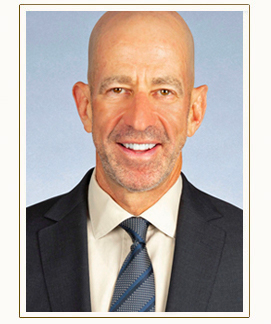 Our guest blogger this week is Emily Newhook, the community relations manager for the online master of public health (MPH@GW) offered through the Milken Institute School of Public Health at The George Washington University. She lives in Washington, D.C. Follow her on Twitter @EmilyNewhook.
Our guest blogger this week is Emily Newhook, the community relations manager for the online master of public health (MPH@GW) offered through the Milken Institute School of Public Health at The George Washington University. She lives in Washington, D.C. Follow her on Twitter @EmilyNewhook.
In 2010, there were 40.3 million Americans ages 65 and older — 12 times the number in 1900. Thanks to the incredible number of medical advances made over the past century, aging Americans are living longer, in greater comfort, and in better health than ever before. But can we afford it? This is the focus of The Cost of Aging in America, a new infographic published by MPH@GW, the online MPH degree offered through the Milken Institute School of Public Health at the George Washington University.
Today, the average health care expenses for those 65 and older is $10,082. While income levels of aging Americans are increasing, they simply aren’t keeping up with the rising costs of their medical bills. It is estimated that by 2040, aging adults will spend more 45 percent of their household income on health care.
In addition, it is projected that 70 percent of those over 65 will require long-term care at some point in their lives. However, 90 percent of aging Americans want to remain in their homes for as long as possible. The costs associated with in-home care are exorbitant — and often out of bounds for many patients and families.
What does this mean? The rising costs of health care for aging Americans also affects their loved ones. The AARP estimates that family caregivers provided a whopping $450 billion in unpaid care in 2009 alone.
The MPH@GW Cost of Aging infographic also illustrates that when it comes to professional caregivers, we are not providing adequate compensation or training. It is expected that within the next 10 years, the demand for paid caregivers will grow 49 percent. While personal care aides and home health aides might be one of the fastest growing careers, they also average the lowest salaries — a measly $20,000 a year. Training is minimal — federal mandate only requires 80 hours of training to be certified as a personal care aide — and turnover is high.
So what actions can our health care system take to better support our aging population and the people who care for them?
The infographic suggests the following:
- Invest in direct-care providers to better manage chronic disease.
- Provide resources that help patients continue care beyond hospital walls.
- Make it easier for providers to access patient medical records.
- Increase end-of-life education.
What do you think?
What financial challenges do you anticipate as you or a loved one gets older? What resources do you have at your disposal? What changes would you like to see to address the rising costs of health care? Please share with us your opinions by leaving a comment below.
Learn more about our services by visiting www.littmankrooks.com.
Was this article of interest to you? If so, please LIKE our Facebook Page by clicking here.



